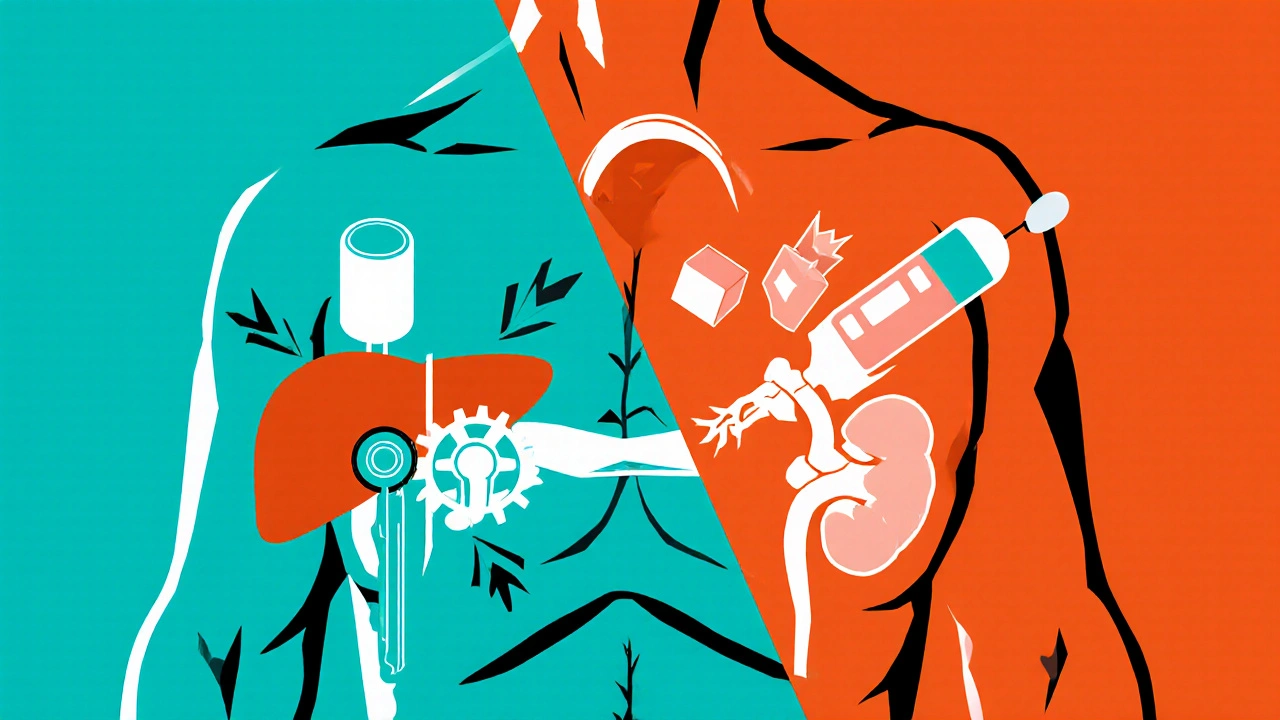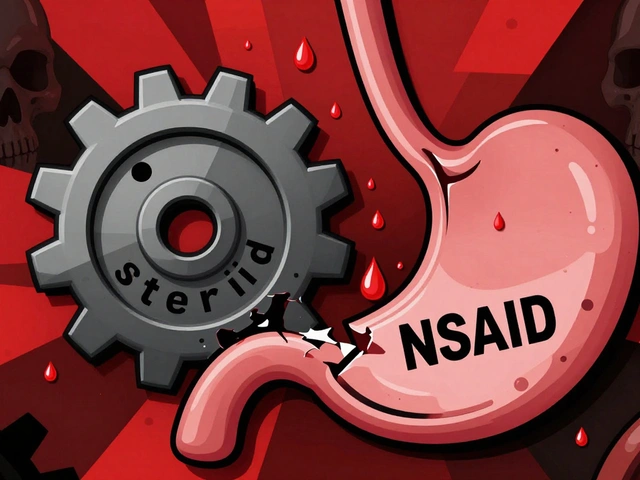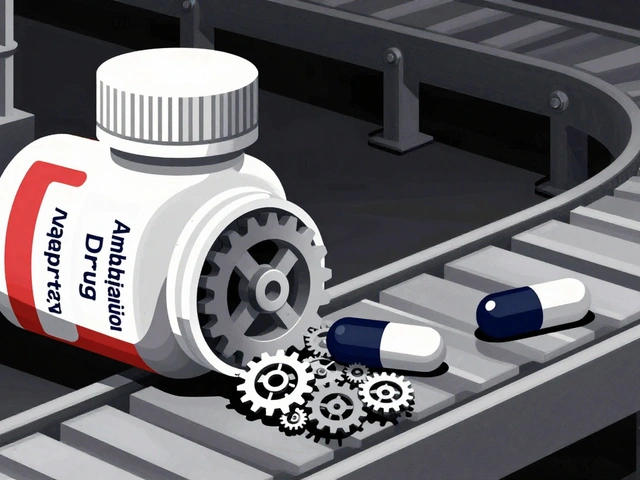eGFR: What It Is, Why It Matters, and How It Affects Your Medications
When your doctor talks about eGFR, estimated glomerular filtration rate, a measure of how well your kidneys filter waste from your blood. Also known as estimated GFR, it’s one of the most important numbers in your medical record—especially if you’re taking any medication that passes through your kidneys. Think of it like a filter in your coffee maker: if it’s clogged, the coffee comes out slow or not at all. Same with your kidneys. eGFR tells your doctor how fast your kidneys are cleaning your blood, and if that speed drops, it can change how you take your pills.
Your kidneys don’t just remove waste—they also help control blood pressure, balance fluids, and activate vitamins. When they’re not working right, it affects everything. That’s why creatinine, a waste product from muscle breakdown that’s measured in blood tests to calculate eGFR is so important. High creatinine? That usually means your eGFR is low. And when eGFR drops below 60 for three months or more, it’s a sign of chronic kidney disease, a long-term condition where kidney function declines slowly over time. Many common drugs—like painkillers, antibiotics, and even antidepressants—need dose adjustments when eGFR falls. For example, citalopram and escitalopram have strict dose limits if your kidneys aren’t filtering well. Same with lisinopril, metformin, and hydroxyurea. Taking the wrong dose when your eGFR is low can lead to dangerous side effects, from low blood pressure to heart rhythm problems.
It’s not just about the number. What matters is how your eGFR changes over time, and how it connects to your symptoms. Someone with an eGFR of 45 might feel fine, but if it dropped from 70 last year, that’s a red flag. Others might have a low eGFR from birth and live normally. That’s why doctors don’t just look at one number—they look at your whole picture: age, weight, sex, race, and what meds you’re on. If you’re managing diabetes, high blood pressure, or heart disease, your eGFR is part of your daily health tracking. And if you’re on long-term meds like carbamazepine, minocycline, or didronel, your kidney function can make the difference between safe use and serious harm.
Below, you’ll find real-world guides on how specific drugs interact with kidney function, what doses are safe when eGFR is low, and how to spot early signs your kidneys are under stress. Whether you’re on blood pressure meds, antidepressants, or antibiotics, knowing your eGFR isn’t just a lab result—it’s your safety net.

Metformin and Contrast Dye Interaction: Risks of Lactic Acidosis & Renal Impact
A practical guide to metformin and contrast dye interaction, covering lactic acidosis risk, renal function assessment, updated FDA guidelines, and step‑by‑step management for clinicians.
read more




